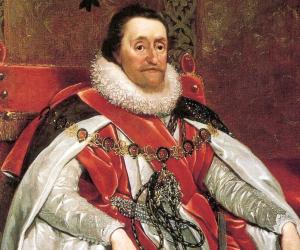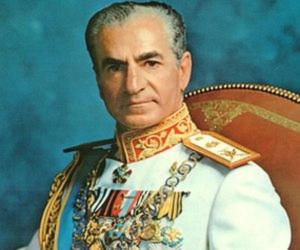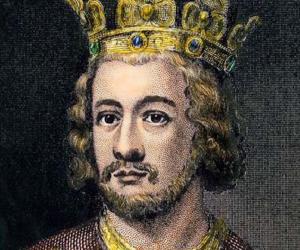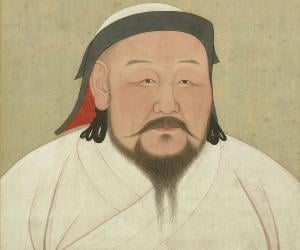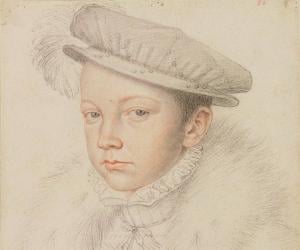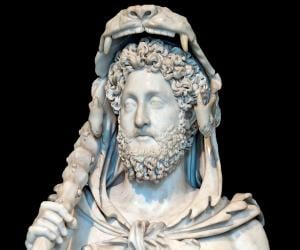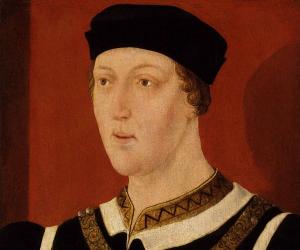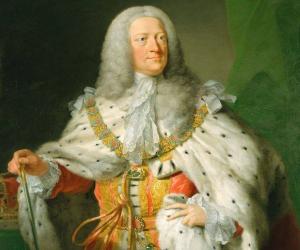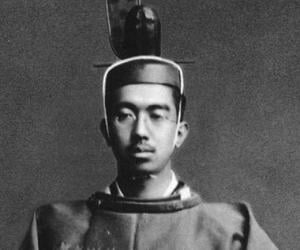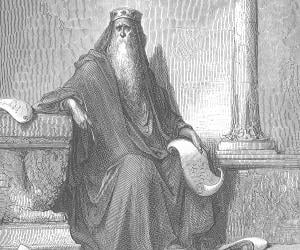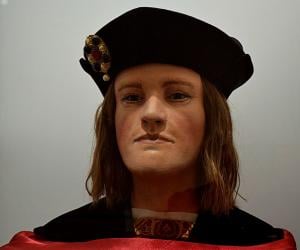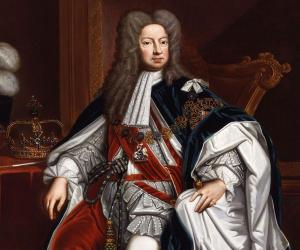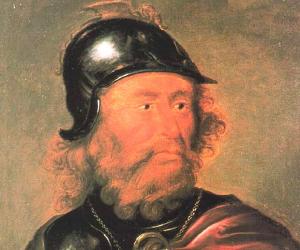King James VI of Scotland and King James I of England is celebrated for bringing stability to both kingdoms by maintaining peace domestically and internationally. A literary enthusiast, his court included some of the greatest literary figures of the time, such as William Shakespeare, John Donne, Ben Jonson, and Sir Francis Bacon. While his political achievements are often considered modest compared to those of his predecessor, Queen Elizabeth I, he prioritized unity and tranquility across his realms. Historians hold differing opinions on his reign: some consider him a success in Scotland and a partial failure in England, while others argue that he maintained a generally favorable position in both kingdoms. Although his rule did not lead to significant economic growth, it was marked by a lack of major wars, allowing his people to live in relative peace. His low taxation policy further endeared him to his subjects. A scholarly man, James was a patron of the arts, music, and literature. He is best remembered for commissioning the King James Bible, an English translation of the Bible that remains highly regarded to this day. Deeply religious, he sought to propagate his views through published sermons and books on sovereignty and divinity.
British Celebrities Born In June
Also Known As: James VI and I, James Charles Stuart
Died At Age: 58
Spouse/Ex-: Anne of Denmark
father: Henry Stuart, Lord Darnley
mother: Mary, Mary, Queen of Scots, Queen of Scots
siblings: Earl of Moray (half brother), James Stewart
children: Charles I of England, Duke of Kintyre, Elizabeth Stuart, Henry Frederick, Margaret Stuart, Mary Stuart, Prince of Wales, Queen of Bohemia, Robert Stuart, Sophia Stuart
Born Country: England
Emperors & Kings British Men
Died on: March 27, 1625
place of death: Theobalds House, England
His father was murdered in 1567, and his mother was forced to renounce her powers in favor of her son and let her illegitimate half-brother, James Stewart, Earl of Moray act as a regent.
In the 1580s and 1590s, at the age of 18, the king promoted literature in Scotland and was also part of the literary and art group Scottish Jacobean court poets. He participated in the major literary and art activities of his time and has been credited by the Scots for influencing the English Renaissance poetry and drama.
James had a marriage by proxy with Anne of Denmark, younger daughter of King Frederick II of Denmark in August 1589. They were legally married on November 23.
The couple had three children; Henry Frederick, who died in 1612, at the age of 18, Elizabeth, who became the queen of Bohemia; and Charles, his heir.
In 1619, Anne passed away and the king never married again. At the age of fifty, he began to suffer from arthritis and was also found to have developed kidney stones. Before his death, his arthritis took a toll on his health, often losing consciousness and later he suffered a stroke. A severe bout of dysentery took his life and his body was put to rest in Westminster Abbey.
King James I of England was an accomplished scholar, fluent in multiple languages including Latin, Greek, and French.
He was a prolific writer and published works on diverse subjects such as theology, witchcraft, and poetry.
King James I had a keen interest in the arts and was a patron of William Shakespeare’s acting company, the King’s Men.
He was known for his fondness of hunting and spent a great deal of time in the countryside pursuing this leisure activity.


